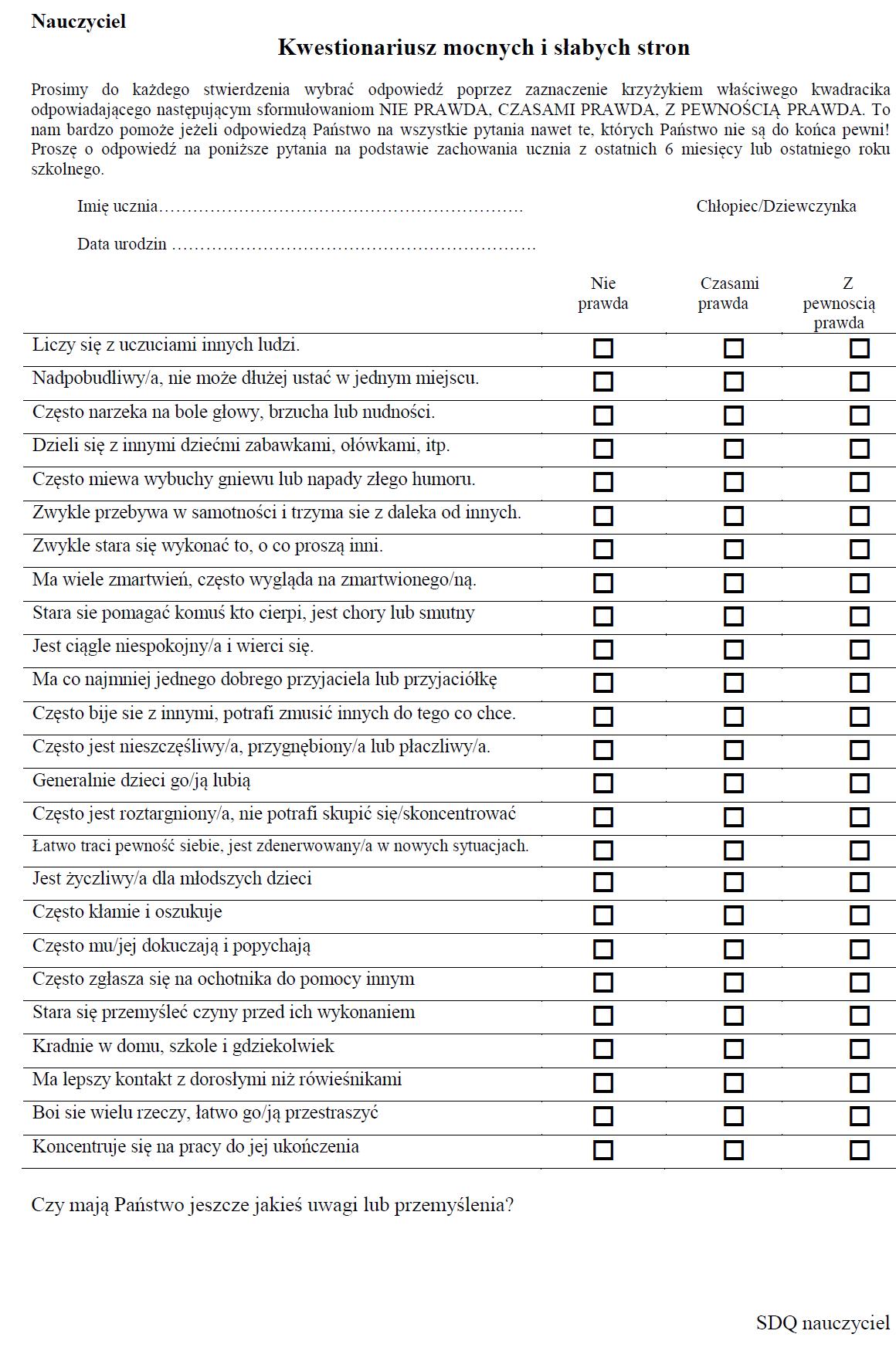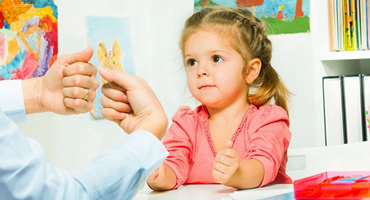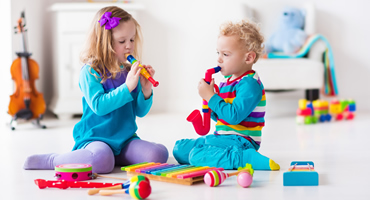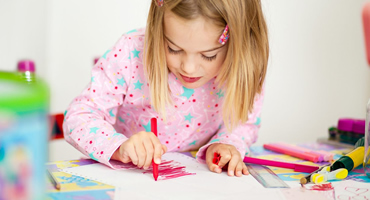About the method

What is Play Therapy?
Play Therapy is a structured, theoretical approach to therapy, based on the child's learning and communication processes (Carmichael, 2006; Landreth, 2002; O.Connor & Schaefer, 1983). This method makes use of children's primary activity, which is playing. The therapist has an active role in this method, as by emotionally tuning in to the children, they give them the opportunity to express themselves through play. During therapy, the children are given the opportunity to exist and be themselves through the therapists' unconditional acceptance. Therapists make long-term, strategic use of Play Therapy to help children express what is problematic for them, when children do not have the verbal skills to express their thoughts and feelings (Gil, 1991).
Through play, therapists can help the child to learn more adaptive behaviour in situations where he or she presents emotional or social deficits (Pedro-Carroll & Reddy, 2005). The positive relationship that develops between therapist and child during Play Therapy sessions provides the corrective emotional experiences that are essential for healing (Moustakas, 1997). Play Therapy can also be used to stimulate cognitive development, in addition to providing insight into the child's dysfunctional ways of thinking and their internal conflicts, providing the child with ways to resolve them (O?Connor & Schaefer, 1983; Reddy, Files-Hall & Schaefer, 2005).
History of Play Therapy
Play Therapy was proposed by the American therapist Virginia Mae Axline. Her concept is an adaptation of the principles of non-directive client-centred therapy by Carl R. Rogers, who emphasised the value of the pursuit of self-realisation as a major life force. V.Axline proposed that the principle of non-directivity should also be applied to the process of child psychotherapy, basing it on play. In 1947, "Play Therapy" was first published and used in various forms by therapists of all theoretical orientations. In creating Play Therapy, V.Axline assumed that the child had the ability to solve his psychological problems. The basis for the therapist's contact with the child is the adaptation of the therapist's activity to the child's current activity. The therapist emphasises and realises the child's subjectivity by following the child. V.Axline's assumptions are encapsulated in eight principles of therapeutic contact with children.
Main principles of Play Therapy according to V. Axline
- Creating a warm and friendly relationship with the child based on trust.
- Accepting the child as they are.
- Creating a sense of security so that the child can express themselves freely.
- The child has the right to choose and is responsible for his or her choices.
- The therapist shares and reflects the emotions expressed by the child.
- The child directs, the therapist follows.
- The therapist does not accelerate the therapeutic process.
- The therapist creates boundaries that anchor the child in reality and foster a sense of responsibility.
Play Tool Kit - therapeutic tools
The Play Therapy therapist integrates different types of play and creative techniques in his work. This distinguishes him/her from other therapists (e.g. therapist through drama, therapist through art, choreotherapist). During a therapy session, called 'Special Time', the therapist uses a set of therapeutic tools called the Play Tool Kit. These include:
- Sandpit with bottom and sides in blue,
- A set of figurines for playing in the sandbox, representing human figures, domestic and wild animals, plus buildings, plants, positive and negative fairy tale characters, insects, crystals, stones, etc.
- puppets of human figures, animals, 2 of each type,
- A variety of musical instruments, 2 of each type,
- costumes and masks,
- materials for movement expression, e.g. balls, sashes, ropes, tapes, blanket,
- materials for creative activities, e.g. paints, crayons, markers, clay, pastry, papers
- as well as therapeutic stories and creative visualisations - created individually for each child.
The choice of activity is always up to the child. The therapist's task at the first session is to introduce the Play Tool Kit equipment to the child so that he or she is free to make a choice of preferred activities.
Duration of therapy
One session lasts 40-45 minutes. The number of sessions depends on the severity of the child's difficulties. For mild difficulties, 6 meetings are suggested. For more severe difficulties - 15 sessions. For severe difficulties the therapy lasts 6-12 months.
Effectiveness of Play Therapy
Between 74-83%* of children receiving Play Therapy conducted according to PTI (Play Therapy International) standards presented positive changes.
The magnitude of improvement depends on the severity of the disorder: greater improvement is seen with more severe disorders.
Greater improvement was confirmed in younger children (6 years- 80%; 12 years-71%).
More improvement occurred in girls (79%) than in boys (73%).
* Results from a 10-year research programme evaluating the effectiveness of Play Therapy and creative arts therapy - led by PTUK (Play Therapy United Kingdom).
The effectiveness of therapy at PTI is measured using, among others, the SDQ (Strengths and Difficulties Questionnaire)- R. Goddman.
The questionnaire measures the child's difficulties on four scales:
- emotional symptoms (emotional problems),
- conduct problems,
- hyperactivity and impaired concentration,
- peer problems.
The questionnaire also includes a scale measuring the child's strengths: the child's pro-social skills.
The SDQ questionnaire is completed by the parents, the child and the person referring the child to therapy (usually the teacher) before the start and before the end of therapy.

The role of the parent in Play Therapy
- observing the child in everyday life,
- active involvement,
- ensuring constancy of therapy.
The parent is an active participant in the therapeutic process, although they do not take part in the child's individual therapy session.
The parent's task during therapy is to observe the child in everyday life, the changes in the child's behaviour both within the family and in the wider social environment. After every sixth session with the child, the therapist meets with the parents for a so-called review session to discuss the changes observed, to reflect together on the reasons for the difficulties presented by the child and how to deal with them. During the review session with the Play Therapy therapist, the parent gains the opportunity to develop the reflective function, which, according to A. Slade, is the foundation necessary for the development of a sense of understanding of self and others. The parent's self-understanding brings the benefit to the child of accepting the child and understanding the child's behaviour, rather than judging. A high level of family involvement in therapy is crucial to achieving the expected changes in the child's functioning.
The role of the Play Therapy therapist
- active involvement,
- reflecting the child's emotions,
- allowing the child to express themselves,
- creating rules and boundaries,
- acceptance of the child,
- not praising the child,
- not judging the child.
In non-directive play therapy, the role of the therapist is very active. The therapist is part of the therapeutic relationship. The therapist's attitude during Play Therapy sessions is one of vigilance, sensitivity to what the child is communicating, doing, saying. The primary aim of the therapist's work is to mirror the child's feelings and behaviour so that the child has the opportunity to create a sense of self.
The therapist works synchronously by means of facial expressions, varying the pace and intensity of movement, gestures, vocalising, as well as through verbal messages to reflect to the child the emotions the child is experiencing. The therapist creates a mirror in which the child recognises himself, experiences himself as existing in the other person's mind. Through this experience, the child is able to build a self-image based on his or her own experience rather than on opinions coming from the environment.
The therapist allows the child to express himself fully in a non-verbal, verbal, physical way. The child is not admonished in any way by the therapist, nor is he or she burdened with guilt for the feelings and actions experienced. There is also no praise from the therapist, as the child's own assessment is the most important thing during the session. The therapist does not demand any changes from the child. During the session, the child's actions are not judged as good or bad by the therapist. This attitude of the therapist is linked to a total acceptance of the child as he or she is. In this way, the relationship becomes symmetrical, there is no superiority of the adult as better or wiser than the child.
During a Play Therapy session, the therapist creates boundaries that keep the child as well as the therapist safe. Boundaries are not placed on the child, boundaries are created when circumstances arise. With boundaries, children learn to take responsibility for their own actions.
Requirements for a Play Therapy therapist
Providing PLAY THERAPY requires extensive specialised education, training and clinical experience. Therapists who meet all of the following criteria together are eligible to conduct PLAY THERAPY therapy:
- Have a university degree in the humanities or medical sciences.
- They have successfully completed the training, the programme and course of which have been approved by the International Board of Examiners of Child and Play Therapy.
- They are subject to the ethical principles of Play Therapy International (PTI).
- Have a current criminal record (renewed annually with PTI membership).
- They are members of Play Therapy International or its affiliates.
- They are subject to close supervision (1 h of supervision per 6 h of therapy).
- They report regularly once a year on the effects of their work and upgrade their qualifications according to PTI rules.

Do you have any questions? Contact us.
PLAY THERAPY POLAND
Piłsudskiego 4A / lok.2 (I floor)
05-077 Warszawa





